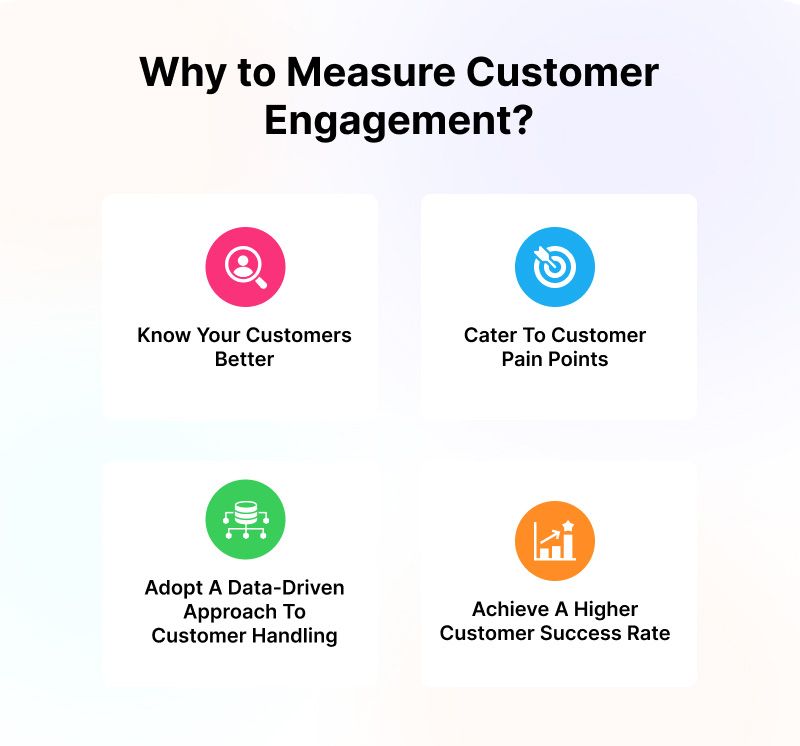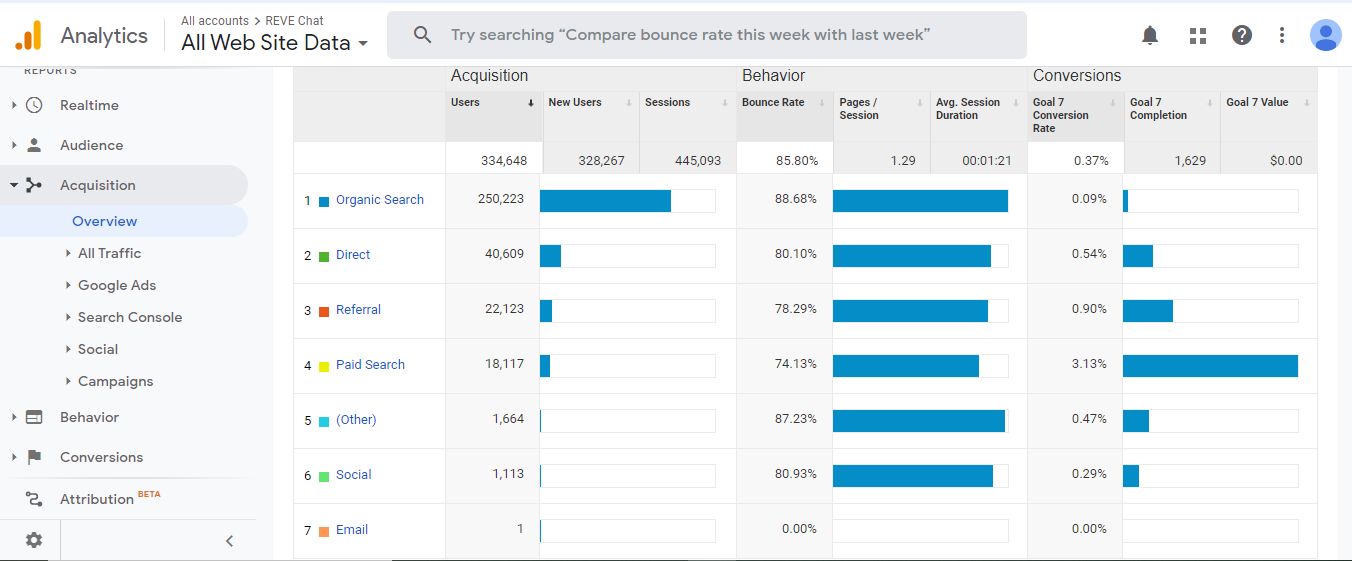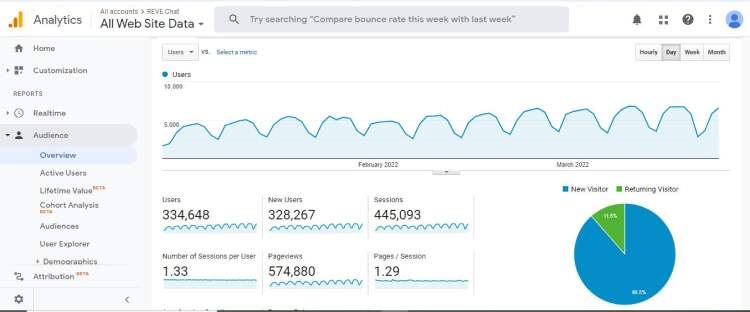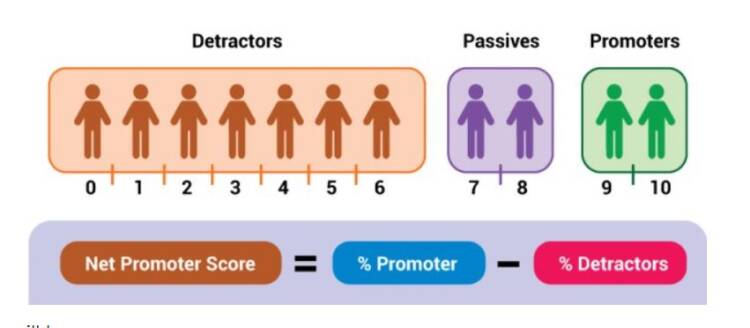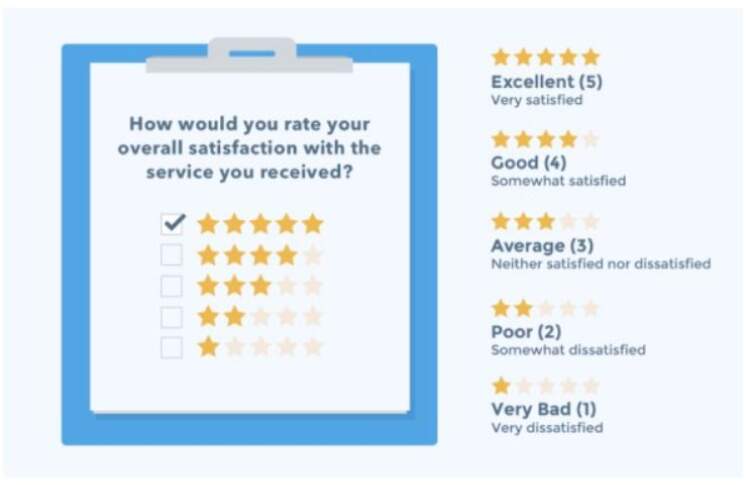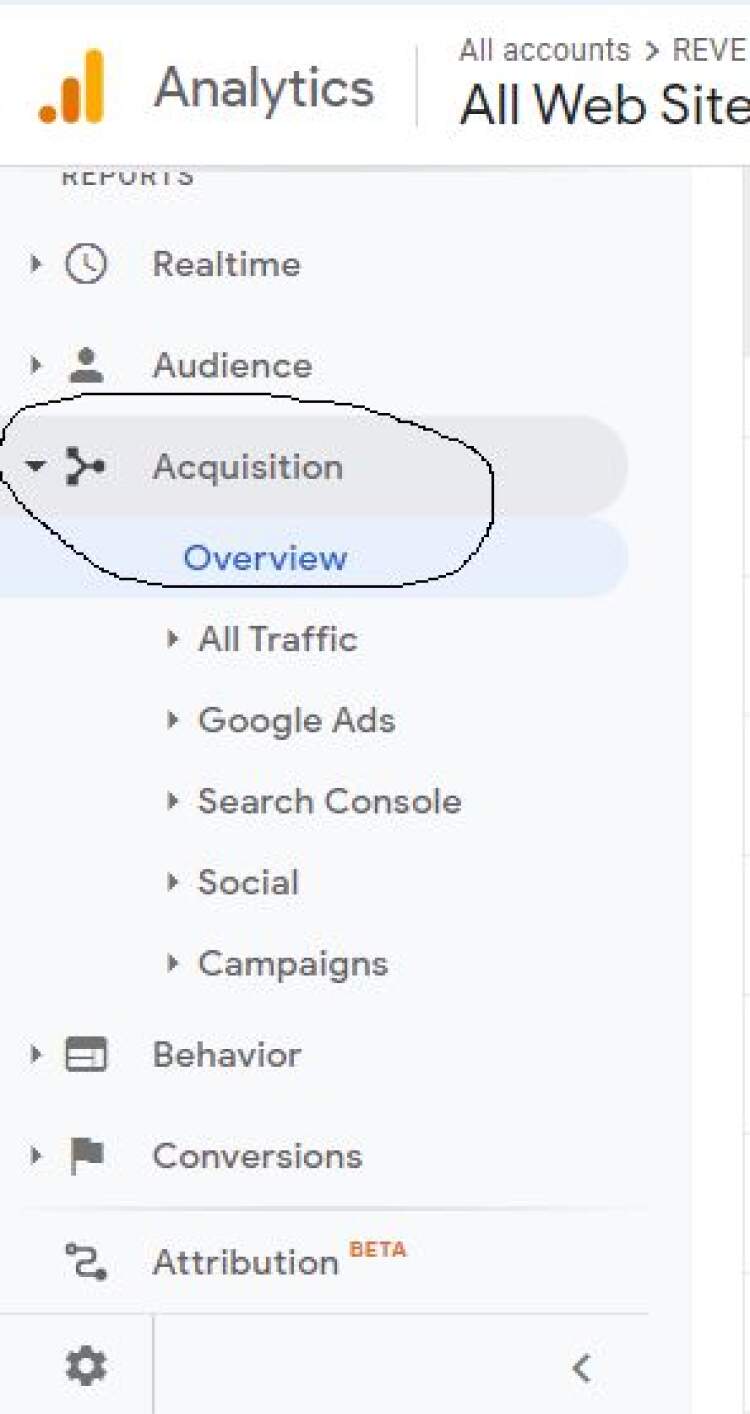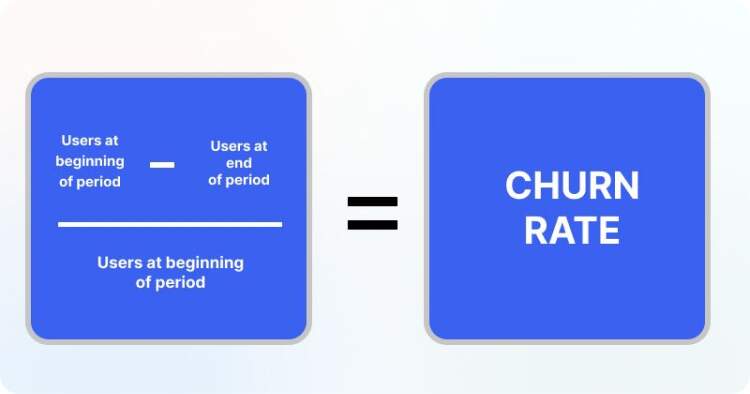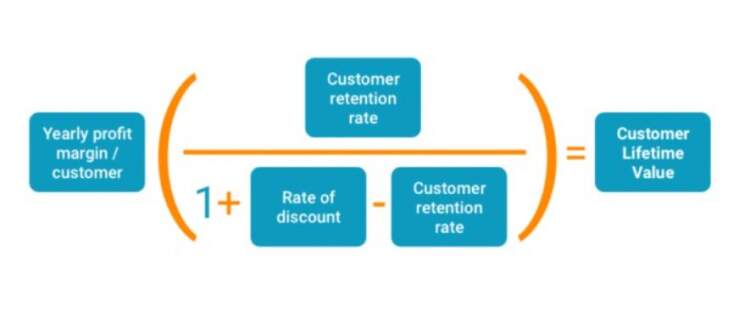How to Measure Customer Engagement
- March 23, 2022
- 12 mins read
- Listen

Table of Content
Measuring customer engagement is anything but simple. But it’s something you just can’t avoid. Because if you don’t measure, how would you know the way customers engage with your business?
Since engagement can occur simultaneously across multiple channels, you’d need the right tools and resources to track and audit it. Engagement can also happen anytime anywhere, be it on social media, website, mobile, or email, so you also need to be prepared to measure it successfully.
You will also need a good knowledge of different mediums to better understand the complexity of how to measure customer engagement. More importantly, measuring the success of your customer engagement strategy gives you a good idea of how happy customers are with your efforts in engaging them.
And when you regularly analyze your customer engagement strategy, it opens the window to growth.
In this blog, we’ll discuss how to measure customer engagement online and dwell on some of the popular metrics you should always be tracking.
Why Measure Customer Engagement?
Offering positive experiences to customers should always be a top priority for your business. And you can’t deliver good experiences unless you know the art of engagement. Together with serving customers better, it’s also important to have a solid customer engagement strategy in place so that you can successfully track engaged customers.
Your business should measure customer engagement for a variety of reasons.
- Know your customers better – The more your track engagement metrics, the better you understand your customers, their tastes, preferences, how they view your product, what they expect from your brand, etc.
- Cater to customer pain points – Measuring engagement is the best way to first be aware of issues that customers face and then take steps to rectify them before they become pain points.
- Achieve a higher customer success rate – Businesses that regularly measure engagement are able to deliver a positive user experience on a consistent basis, therefore achieving a higher customer success rate.
- Adopt a data-driven approach to customer handling – Data never lies and its usages in decision making can help you add great value to customer engagement effort at various stages of the journey.
How to Measure Customer Engagement?
Engaged customers are a lifeline to the business. You can easily convert them and realize the true potential of your enterprise. However, all your engagement efforts would go futile if you did not know how to measure customer engagement metrics.
You’d need the right tools and a solid strategy to successfully measure customer engagement.
1. Use Google Analytics to Measure Social Media Engagement
More than half of the world uses social media.
Surprisingly, despite the humongous growth and popularity, some 4 out of ten businesses are unable to measure their social media marketing ROI.
While marketers are supposed to measure their social media efforts, the reality is quite different on the ground. Most of them don’t know how to measure customer engagement on social media.
You however can buck the trend by using Google Analytics, which is a great tool to measure a range of customer metrics.
By using it, you would easily know how many new customers you get from social platforms or what channel contributes the most to your traffic or which type of content performs best, etc.
How to measure social media engagement?
- Attach UTM codes to different marketing campaigns and content to get data and effectively track engagement response to the methods of driving traffic to your site.
- Analyze social post traffic with the help of the Acquisition Report tool in Google Analytics and easily understand which social channels are driving the most traffic to your website.
- Regularly go through the “Users and New User stats” to get a better understanding of customer engagement by comparing data on a week-by-week or month-by-month basis.
2. Trust Google Analytics to Track Bounce Rate
Bounce rate is an important metric to know how well people are engaging with your website content. It’s measured to know how many visitors leave a page without doing a specific task.
The idea behind measuring a bounce rate is to know how and why someone visits a single page on your website and then leaves without doing anything on the page.
The bounce rate metric is a good indicator to know the quality of the website content or the UX of your website or the differentiation factor.
When a site’s bounce rate is high, it shows users did not find anything interesting there. So, you should always strive to reduce the bounce rate of your website to make more users stick with your business.
How to measure audit bounce rate?
- GA Implementation – To measure the bounce rate, you must check whether the Google Analytics tag is installed once on your site. When the tracking code is installed twice, it often leads to bounce rate issues.
- View the All Traffic Report – This report in Google Analytics can help you view site bounce rates by a marketing channel of choice be it email, paid, organic, direct, or referral.
3. Send Surveys or Email Campaigns for Measuring Net Promoter Score
Net Promoter Score (NPS) is a metric that is used to know the willingness level of customers to promote your product or service. It gives a fair indication of how likely your customers are to spread the word about your brand.
With the NPS metric, it’s easy to know how satisfied your customers are with your brand. More importantly, this metric is important to understand the kind of value your customer engagement efforts are bringing.
It’s therefore important to improve net promoter score and win more loyal customers over a period of time. And you can’t boost this score without realizing how to measure customer engagement online.
How to measure NPS?
- In-app surveys or email campaigns are the best tools to measure metrics and collect key customer satisfaction data.
- You can send surveys to existing customers after they have interacted with your product or service.
- When you run this customer survey, the idea is to ask this basic question, “How likely are you to recommend our product to colleagues or family?”
- You should then rate the response on a scale of 0 to 10. This will help you know the likely promoters and likely detractors.
- Promoters = Those who respond with a score of 9 or 10
- Passives = Those who respond with a score of 7 or 8
- Detractors = Those who respond with a score of 0 to 6
- Now, apply the formula of NPS = % Promoters – % Detractors.
4. Rely on Feedback Survey to Measure Customer Satisfaction Score (CSAT)
CSAT is a metric whose purpose is very much similar to the NPS as both are used to know the likely satisfaction level of customers with your organization.
While the NPS measures loyalty to the organization, CSAT is about measuring customer satisfaction with a product or service.
Rather than measuring a customer’s relationship with a company, the CSAT metric tracks reaction to a specific interaction, product, service, or event.
Unlike the Net Promoter Score, here with Customer Satisfaction Score you can ask/use multiple questions aimed at knowing various aspects of the customer experience.
So, in a way, the CSAT score would be on the higher side if you took steps to improve customer satisfaction with your business.
And to improve this score, you first need to understand how to measure customer engagement online and then take an effort in the right direction.
How to Measure CSAT?
- Design a customer feedback survey and use one or more variations of the question, “How would you rate your overall satisfaction with our product or service?”
- Give respondents a scale for a rating between 1 to 5.
- Very unsatisfied
- Unsatisfied
- Neutral
- Satisfied
- Very satisfied
- Now, divide the number of satisfied customers with the total survey responses.
- CSAT Score = Number of satisfied customers/ Number of survey responses
5. Track the Pages Per Session Metric in Google Analytics
The pages per session metric is helpful for measuring the number of pages a user clicks through within a single visit.
To better understand the utility of this customer service KPI, you first need to know, in an ideal scenario, how you’d want users to visit more pages per session on your website. And when that happens, it shows how your website or its content is able to engage them.
However, if your content lacks value, users may click away just after landing on your site. This indicates a low page-per-session which is often reflective of the lack of value for visitors.
A low page per session could be due to many reasons and among them are poor site navigation, faulty link structure, etc.
How to track pages per session?
- You can measure the average pages per session for your site in the Acquisition Overview Report in Google Analytics.
- This report is available on the left sidebar and gives a complete overview of the overall pages per session for your entire website.
- You can also see this metric for each individual channel, source, medium, or referral to better understand the traffic sources that generate the most engaged users.
6. Measure Churn Rate with Monthly Difference in Customer Numbers
Everybody knows how the churn rate is a key metric when it comes to knowing the rate at which customers walk out on a business in a specific period of time.
Yeah, churn is very common across industries, and even the SaaS industry is not immune to it. Every business experiences this natural cycle at some point, no matter how great a product or service it delivers.
With 1 in three customers likely to ditch a brand with just one poor experience, keeping the churn rate at low levels is always a challenge for enterprises.
With the churn rate KPI, you’d easily know the number of subscribers who cancel a subscription or don’t renew. It will give a good insight into the HOWs, WHYs, and WHEREs customers churn.
While churn is something you can’t wish away, you can nonetheless reduce it once you’re aware of the signs and are ready to counter anything that makes customers leave.
How to measure the churn rate?
- You can measure the churn rate by tracking the monthly difference in inactive customer numbers for your product or service.
- To track the churn rate, use the following values:
- The total number of customers at the start of the month (X)
- The total number of customers at the end of the month (Y)
- Churn rate = (Y/X) x 100
7. Measure Customer Lifetime Value (CTLV) by Revenue at Each Touchpoint
Acquiring new customers is some five times costlier than retaining the existing ones. Plus, chances of selling to retained customers are always more than to new ones.
Since having retained buyers has a direct effect on the revenue, it’s obvious to note how the more you make a customer stay, the more profit you generate.
This is why measuring the customer lifetime value (CLTV) metric is important in knowing the total value a customer brings over their entire stay.
How to track customer lifetime value?
-
- Big enterprises first need to identify all the touchpoints where customers create value and then integrate the data to create the customer journey.
- Once the data is integrated, you can start measuring revenue at each touchpoint and find the lifetime value over a period of time.
- To calculate CLTV –
- First, find the lifetime value ( LTV = Average Purchase Value × Number of Transactions × Retention Period )
- After that, calculate the customer lifetime value
- CLTV = LTV × Profit Margin
8. Assign Weight Value to Track Customer Engagement Score (CES)
For most subscription-based businesses, measuring engagement is not restricted to existing customers only. After all, there may be trial-period or similar types of users who engage but may not convert, and you need the right customer engagement tools to track them as well.
The CES metric can prove helpful for tracking the overall engagement level by including both, the engaged as well as trial-period users. This metric will provide a fairly good idea of the engagement of your entire customer base.
So, in a way, the CES appears a unique yet important metric as it includes all types of engagement that your business and customers may have.
When you track or audit the customer engagement model score, you will get a good idea about customers who may or may not move further down the sales funnel.
How to measure the CES?
-
- To measure the customer engagement score, give emphasis to virtually every activity a user may perform, be it social likes, comments, shares of your brand, etc.
- You can track it only by considering the entire spectrum of online behavior and interactions that customers have with your products, service, or website.
- Once all the activities are noted, you can then assign a weighted score to each action.
- To calculate this metric, you need to remember these inputs:
- Re = Random
- N = Number of occurrences
- CES = R1N1 + R2N2+ ……RtNt
How Can REVE Chatbot Help In Measuring Customer Engagement?
Chatbots are a powerful tool for engaging with customers and providing them value through different stages of the journey.
While bots are helpful with engagement, businesses can also use them to track, audit, and measure the way they engage with their customers.
By using an AI-powered chatbot, it’s easy to collect customer feedback, know the website traffic, do quick follow up, etc.
More importantly, the in-built features of the bot help you track all types of engagement and get customer-centric data for your business.
When you have a bot and live chat software working together, you not only provide great support but can also measure engagement as effectively as needed.
Final Thoughts on the Ways of How to Measure Customer Engagement
Customer engagement is often the foundation upon which the success story of brands is created. And if you regularly track and measure that engagement, you will always serve the customers better and get value in return.
We, at REVE Chat, understand the problems businesses face when they want to know how to measure customer engagement. To facilitate such a measurement, you can start a free trial of our powerful engagement tools and get a peek into your customers.
So, start measuring your engagement today and reach the level where you can serve customers better through the achieved data.

